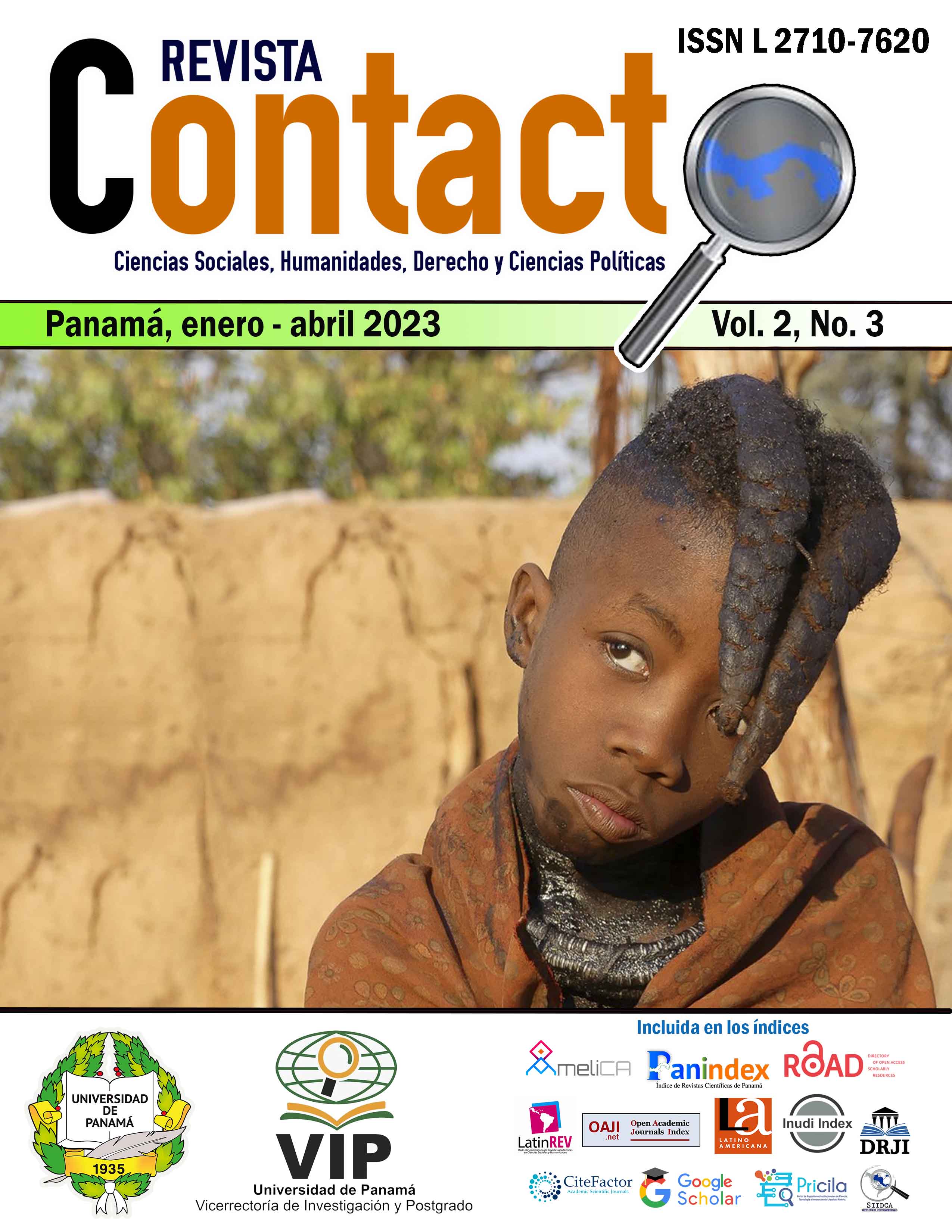


This work is licensed under a Creative Commons Attribution-NonCommercial-ShareAlike 4.0 International License.
In this article we present the results obtained during a brief coexistence with the Himba people in August 2017 in the village of Katutura, in northern Namibia. The members of this cattle people from Southwest Africa inhabit a territory known as Kaokoland that extends through the current states of Namibia and Angola. The Himba are perhaps, along with the famous Maasai of Kenya and Tanzania, the African indigenous people that best and most adapt to contact with tourism and globalization. They are used to receiving visits from tourists in their territory and it is even common to see them visiting supermarkets in the cities to obtain manufactured products. However, this does not prevent them from preserving most of the traditional aspects of their cattle culture, such as their clothing, vernacular architecture, the spiritual world or the topic at hand: ethnobotany. Despite living in an arid territory, the Himba use the plant species in their environment for the most diverse uses: from rituals and cosmetics to constructive and, of course, medicinal. That is why we have selected three of the most used species and have described their uses following this classification according to the uses that the Himba make of them. It should be noted that, despite having access to modern medicines, cosmetics and construction materials, a large number of Himbas still prefer to resort to the traditional botanical elements that the Kokoland provides them. For the preparation of the trip to Namibia, the realization of the same and the elaboration of the present work, we took as reference the book of the professor of anthropology of the University of Salamanca, Don Francisco Giner Abati. His volume, The Himba. Ethnography of a cattle culture in Angola and Namibia is probably the most exhaustive work on this people written in Spanish.